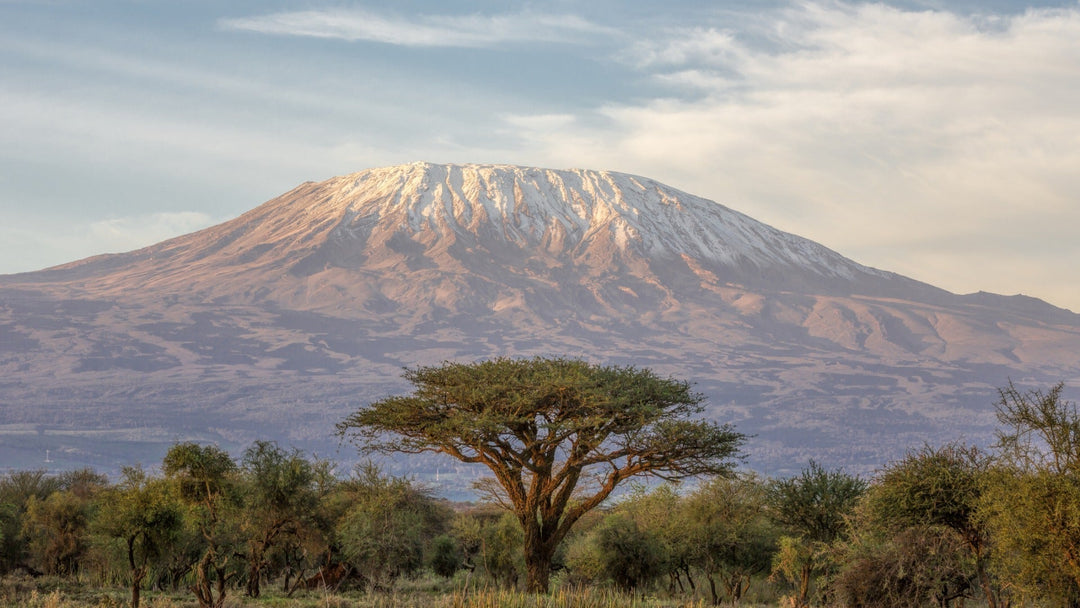While unpredictable protectionist measures rattled US markets during 2019, Africa has been moving toward free trade
The total economic output of Sub-Saharan Africa is predicted to reach over $2 trillion by 2020, up from just $300 billion in 2000. Pro-market economic reforms, favorable demographic developments, and the adoption of new technologies also contribute to a steadily improving investment environment.
Increasing Economic Openness
Africa accounted for more than 30% of all business regulation reforms in developing markets during 2018 according to IFC. It is now easier to do business in Kenya than in East Asia and the Pacific. The World Bank also ranks Rwanda above Switzerland and the Netherlands for ease of doing business.
While unpredictable protectionist measures rattled US markets during 2019, Africa has been moving toward free trade. The African Continental Free Trade Area (AfCFTA) eliminates tariffs on 90% of goods traded between member states. Currently, only about 20% of African trade occurs within the continent compared to 69% for Europe. The UN Economic Commission on Africa predicts that the agreement will increase trade by more than 50%.
Growing Markets
Economic growth in Africa continues to exceed global averages. The IMF projects that GDP growth in Sub-Saharan Africa will rise to 3.5% in 2019, versus 3% in 2018. Many countries are expected to do even better. The Economist predicts that Rwanda will be the 5th fastest growing economy in the world this year with 7.3% GDP growth.
Africa is now experiencing many of the demographic developments that once fueled high investment returns in East Asia. Between 1950 and 2015, East Asia’s urban population grew at an average annual rate of 4.3%.
The rise of the middle class is also likely to boost returns in Africa over the next several decades. IFC expects Africa’s combined middle and high-income groups to reach 160 million people by 2030. That’s an increase of about 100 million, more than the entire population of Germany.
The Case for Private Capital
Although Africa has enormous potential for growth, much of that potential is not in publicly listed companies. The median stock market capitalization as a percentage of GDP in Africa remains below 50% compared to over 160% in the United States. To a certain extent, this reflects undervaluation and the potential for higher growth. The other explanation is that many of the best investment opportunities in Africa are not yet listed on stock exchanges.
Africa is also following a new path to developing financial markets. Companies like Kenya’s Safaricom let many Africans leapfrog over traditional banks with smartphone mobile money solutions. The median ratio of private credit to the overall economy actually expanded from 15% to 20% between 2008 and 2015. The spread of fintech also creates new opportunities for private capital.
The Opportunities
Ashton Global foresees exceptional investment opportunities in African infrastructure, energy development, education, and real estate. Kenya and many other countries are expected to increase spending on transportation by an average of over 7% per year. While Africa’s own energy needs are growing somewhat more slowly, China’s voracious appetite for energy creates strong demand.
Private education and e-learning do not have to compete with a large subsidized public education establishment in Africa. Spending on housing is expected to increase by over 7.5% per year in Ethiopia, Kenya, and Rwanda during the next decade.
Africa has the strong demographics and pro-growth reforms necessary to outperform developed markets over the next three to five years. Ashton Global provides access to both private and listed investment opportunities in East Africa. Please contact us at +1 212 514 8953 or email investor@ashtonglobal.com to learn more.








